#Hugh Griffith
Text

The Abominable Dr. Phibes (1971)
This was Vincent Price's 100th film.
#the abominable dr. phibes#vincent price#virginia north#joseph cotten#hugh griffith#1970s movies#robert fuest#horror#dark comedy#horror movie poster
269 notes
·
View notes
Text




How to Steal a Million
William Wyler. 1966
Mansion (demolished)
45 Av. de la Prte de Villiers, 92300 Neuilly-sur-Seine, France
See in map
See in imdb
#william wyler#how to steal a million#audrey hepburn#france#neuilly sur seine#hugh griffith#mansion#movie#cinema#film#location#google maps#street view#1966
43 notes
·
View notes
Photo

#leon uris#otto preminger#paul newman#exodus#sal mineo#eva marie saint#john derek#lee j cobb#peter lawson#movie poster#ralph richardson#hugh griffith#felix aylmer#gregory ratoff#david opatoshu#jill haworth#movie posters#films#movies#poster#posters
25 notes
·
View notes
Text

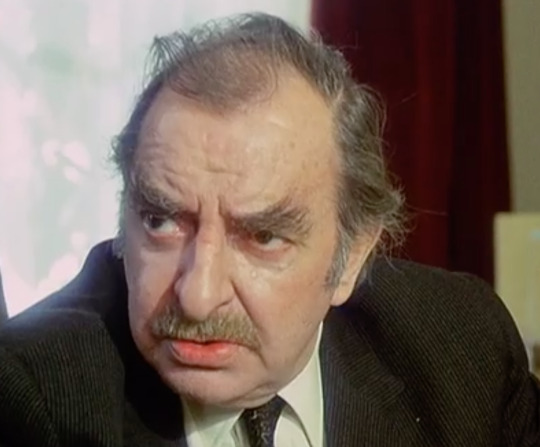

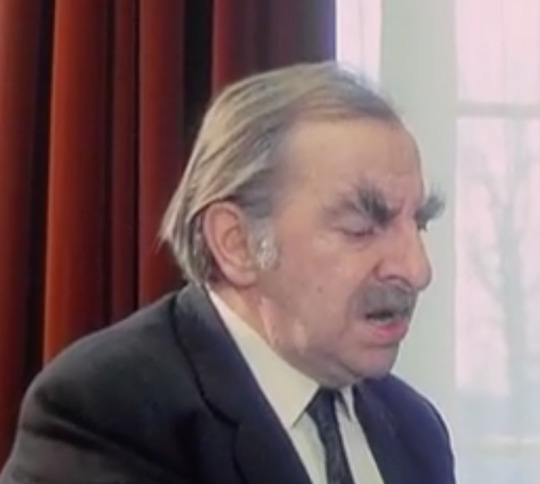

Hugh Griffith and the Never-Groom-Your-Eyebrows Style of Acting
9 notes
·
View notes
Photo

Ben-Hur (1959)
#1959#film#movie#Ben-Hur#Stephen Boyd#Messala#Charlton Heston#Judah Ben-Hur#Jack Hawkins#Quintus Arrius#Hugh Griffith#Sheik Ilderim#Haya Harareet#Esther#Judea#Rome#Roman Empire
23 notes
·
View notes
Text
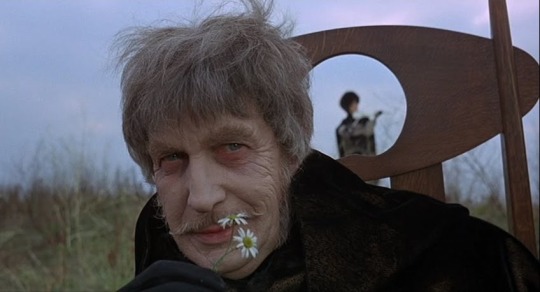
The Abominable Dr. Phibes (1971)
In the late 1950s and 1960s, American International Pictures (AIP) was a minor Hollywood studio with an outsized reputation. AIP, which made nothing but low-budget pictures and B-movies during its existence, focused on cornering the market for teenagers and young adults. Rather than making an endless string of superhero movies, AIP instead relied on its Beach Party series and related films (1963-1967) and inexpensive horror movies (usually involving producer/director Roger Corman). One of AIP’s mainstays for its coterie of horror films was none other than Vincent Price. A longtime character actor for 20th Century Fox, Price had only begun to regularly feature in horror films beginning with House of Wax (1953). From there, he became a regular on AIP’s Edgar Allan Poe adaptations (very loose adaptations, mind you) under Corman’s direction. No matter how dastardly Price’s characters schemes were in his numerous horror films, Price’s almost effortless charm always pored through, to the point that one cannot help but root for his schemes to succeed.
Though Roger Corman was not involved in The Abominable Dr. Phibes (Phibes rhymes with “bribes”), a portion of Price’s fans point to his performance here in the title role as the Vincent Price-iest of all. In this darkly comedic horror film directed by former production designer Robert Fuest (the 1961-1969 TV series The Avengers, director on 1970’s Wuthering Heights), the film’s deliberate campiness demands more absurd motivations, plot developments, and aesthetic choices than some viewers might be comfortable with. In short, this is not the ideal introduction to Vincent Price or AIP’s horror movies. To enjoy the first Phibes film is to be in on the joke, to accept the film’s inherent silliness.
The opening credits help set that mood. As they roll, Dr. Phibes (Price) ascends from beneath a flight of stairs, playing on organ Felix Mendelssohn’s “War March of the Priests” from Athalie. His only company in this fiendish lair are his tall, silent assistant Vulnavia (Virginia North) and his animatronic band, the Dr. Phibes Clockwork Wizards. Reported killed in a Switzerland car accident in 1921 alongside his wife Victoria, Phibes (who carries heavy facial scars and lost his speaking voice in the crash) is hellbent on seeking revenge against the British doctors who presided over Victoria’s failed surgery. Instead of going to therapy, Phibes murders the doctors instead. One after another, the doctors die in increasingly elaborate ways – each homicide inspired by one of the ten Plagues of Egypt as described in the Book of Exodus. After the third doctor dies, Scotland Yard finally begins connecting the dots under Inspector Harry Trout (Peter Jeffrey). Trout soon realizes that the deceased were all directed by Dr. Vesalius (Joseph Cotten). This revelation only begins to unearth Phibes’ wicked plot.
Elsewhere, Hugh Griffith plays a helpful Rabbi and Terry-Thomas plays one of the doctors. Derek Godfrey and John Cater play Inspector Trout’s superiors, Crow and Weaverly, respectively. Aubrey Woods, whom most know as Bill the Candy Man from Willy Wonka and the Chocolate Factory (1971), plays an eyewitness named Goldsmith.
youtube
The screenplay by William Goldstein (who returned for the sequel), James Whiton (his only major writing credit), and Fuest, is no one’s idea of sensible, intelligently structured writing. The transitions between the scenes involving Phibes, his assistant, and the victims to Scotland Yard and Dr. Vesalius are untidy. Goldstein, Whiton, and Fuest attempt to make more of a mystery out of this film than they should, but it only serves to make the investigatory half of the film as a dumping ground of expository dialogue. The scenes with Phibes are the zanier, far more interesting parts of the screenplay – even though the character can no longer speaker (the writers engineer an inexplicable workaround, but this unlikely development can have a pass in the context of this bizarre work). For the scriptural scholars among us, some of the stylish killings of the unsuspecting doctors take liberties with the stated Ten Plagues of Egypt. Though perhaps unacceptable to those demanding strict adherence to the holy texts, the thematic divergences of those murders are still so cockamamie that most viewers probably do not mind.
Dr. Phibes’ murders would make Jigsaw from the Saw series (2004-present) proud. To be clear, The Abominable Dr. Phibes is not a slasher film (a subgenre that was beginning to find its foundations by the early 1970s), but it contains elements that would become slasher hallmarks – an individual committing several revenge killings due to a past event, a sort of catharsis (in later slasher movies, sexual gratification) in the act of killing, and unusual manners of murder. Instead of horrifying the viewer with the wanton death, it is Vincent Price’s performance that keeps The Abominable Dr. Phibes within the confines of comedic horror. Due to reasons that I do not wish to spoil, Price’s Phibes scarcely makes a facial expression aside from his default, neutral gaze. His gait is deliberate and steady. Without the possibility of any facial muscular contortions or Price’s trademark smirk, so much of Price’s performance is through his eyes. From his thousand-yard stares, contemptuous gazes, world weary looks, and bemused glances, Price provides an enormous amount of the film’s soul and tenor with so little of his body. This sounds like a silent film director’s dream, but Price’s performance is a commanding one, in any era. His Dr. Phibes may not be in full control of his movements (thanks to Trevor Crole-Rees’ excellent makeup design), but Price is always fully in control of his acting. No surprise to anyone who knows Price’s work – always dependable to provide his utmost effort, no matter how dire the material.
The screenplay, nevertheless, keeps some emotional distance between the audiences and the title character. Though the film’s absurdity allows the viewer to scrap their sense of morality while watching Phibes slaughter each of the doctors, Phibes’ psychology is inaccessible until the film’s second half. The filmmakers, by not prioritizing Phibes’ mindset as much as they could, continually frame him as the villain amid bumbling detectives, the privileged victims (ensuring that the viewer cares not too much about their deaths), and the prideful Dr. Vesalius (whose hubris erodes as the film progresses, revealing his desperate humanity).
If anybody could be considered a co-lead here, that would be Joseph Cotten as Dr. Vesalius. The underrated and undermentioned Cotten, not at all known for his horror work and more for his collaborations with Orson Welles (namely 1941’s Citizen Kane and 1942’s The Magnificent Ambersons), performs ably here. Cotten replaced Price’s friend, Peter Cushing (Grand Moff Tarkin in 1977’s Star Wars, a regular as Baron Frankenstein and Van Helsing in Hammer horror movies), after Cushing fell ill. Cushing would have been ideal in the role, but never does Cotten act as if the unconvincing dialogue is beneath him, even if he doesn’t attempt to hide his American accent. As Dr. Vesalius, Cotten wonderfully inhabits his character’s desperation as his colleagues meet their ends, as if prophesied.
Set designer Brian Eatwell (1973’s The Three Musketeers, 1976’s The Man Who Fell to Earth) runs rampant with his design to Phibes’ lair. A curious combination of art deco and the garishness of 1970s colors serves the film’s ludicrousness. I am not sure how livable Phibes’ abode is – there are nary any bedrooms or any other amenities depicted – but the central chamber could be an ideal place for a raucous, demented soiree. Vulnavia’s ever-changing wardrobe in each of her scenes is also a delight, thanks to costume designer Elsa Fennell (1964’s Goldfinger, 1971’s Diamonds Are Forever). Perhaps there isn’t too much of association between campy costumes and sets with heartrending motives for murder, but that is exactly what transpires in The Abominable Dr. Phibes.
In addition, a laughably anachronistic soundtrack of swing jazz and Great American Songbook standards dot the film. I was not prepared for the appearance of either Mendelssohn’s “War March of the Priests” nor the legendary song that rounds out the closing credits. Phibes’ introduction while playing the former on organ readies the viewer not to take everything that is about to unfold seriously. For the latter song (again, I dare not spoil this), a brilliant solo trumpet takes the easily recognizable melody and swings it. Lyrically, this song’s placement in the end credits is fitting for what happens to Phibes. But I could not help but laugh the moment I heard the opening notes – a fitting send-off to a gleefully daft movie.
When The Abominable Dr. Phibes arrived in theaters, its poster showed the mutilated Dr. Phibes appearing as if he is about to kiss a woman. Above them read the tagline: “Love means never having to say you’re ugly.” This was a reference to Love Story (1970), with its (in)famous tagline and in-movie quote: “Love means never having to say you’re sorry.” The marketing for The Abominable Dr. Phibes confused audiences – was it a romance? horror? parody? – and the film struggled initially before AIP retooled its advertising to market the film as a horror film. On its low budget, the film was successful enough to warrant AIP to greenlight a sequel, Dr. Phibes Rises Again (1972). That sequel marked the beginning of the end of Price’s association with AIP, due to conflicts over his pay (while AIP’s box office fortunes were dwindling), his lack of satisfaction with the scripts coming his way (not even Price wanted to star in two Dr. Goldfoot movies in two years), and AIP’s plans to replace him with Robert Quarry as their primary horror star.
In the years since the film’s debut in cinemas, The Abominable Dr. Phibes has garnered a deserved cult status. There was no stopping Vincent Price from leaving AIP, but AIP – with their Robert Quarry plans not even a secret – somehow undervalued the actor who was their principal attraction through the 1960s. An essential in Price’s filmography, The Abominable Dr. Phibes defies genre conventions, genre categorization, and any semblance of rationality. For those looking for some bloody horror as the mercury drops, look no further than here. The first Dr. Phibes films guarantees murders with a wink and, though not a smile, an animatronic band playing hits that have yet to be composed.
My rating: 7/10
^ Based on my personal imdb rating. My interpretation of that ratings system can be found in the “Ratings system” page on my blog. Half-points are always rounded down.
For more of my reviews tagged “My Movie Odyssey”, check out the tag of the same name on my blog.
#The Abominable Dr. Phibes#Robert Fuest#Vincent Price#Joseph Cotten#Peter Jeffrey#Virginia North#Hugh Griffith#Terry Thomas#Derek Godfrey#John Cater#Aubrey Woods#William Goldstein#James Whiton#Sean Bury#John Laurie#Trevor Crole-Rees#Maurice Kaufmann#TCM#My Movie Odyssey
3 notes
·
View notes
Text
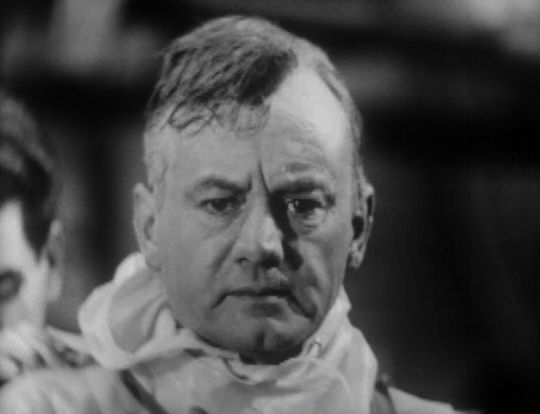
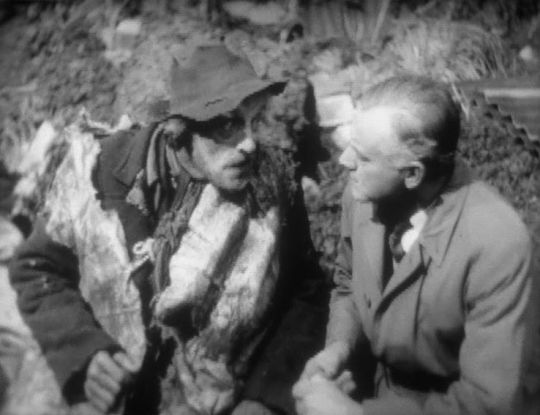



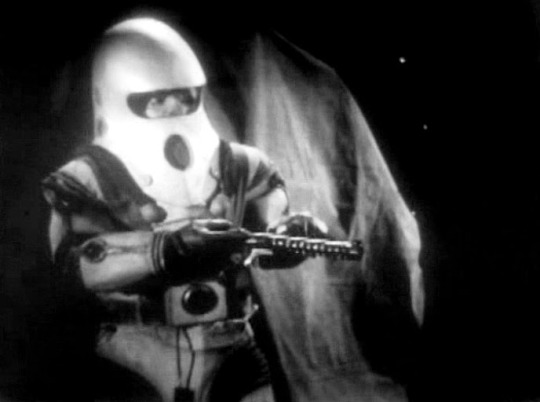
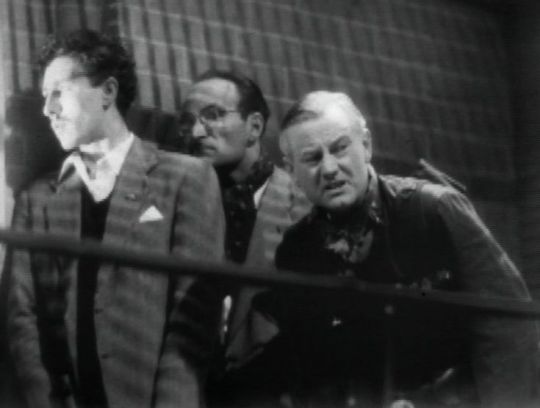

Quatermass II (BBC, 1955)
"Enemy territory ahead. Hard, unwinking stars. No atmosphere to deceive us. We're seeing them as they really are. And somewhere ahead... an object. Constructed, if it is constructed, by creatures whose very existence makes us fools. Somewhere. Boneless creatures able to make energy at will by changing their mass; able to transmit experience; to maintain power over other creatures."
#quatermass ii#nigel kneale#quatermass#bbc#1955#rudolph cartier#john robinson#monica grey#hugh griffith#john stone#austin trevor#rupert davies#roger delgado#michael golden#john miller#john rae#ian wilson#derek aylward#wilfrid brambell#hilda barry#I've always sort of felt that Kneale's 2nd quatermass serial didnt have quite the cultural impact of his 1st or 3rd; i genuinely believe#that might be partly down to the vaguely underwhelming title (it's no Experiment or Pit). regardless it might be my favourite in terms of#plotting; Kneale at his most intensely paranoid and misanthropic‚ an hysteria tinged conspiracy thriller of universal implication#Robinson gets a hard time in reviews for his portrayal‚ but he had a tough job; he was a last minute re cast after prev Quatermass Reginald#Tate's sudden death just a few weeks before production began. Robinson does visibly struggle with some of the scientific jargon and dense#technobabble but he's generally p good. alas‚ a taut and harrowing 5 episode set up is all but undone in the profoundly disappointing part#a mixture of shoddy fx‚ bad science and a sudden grinding halt to the action ends one of Kneale's darkest works on a resounding whimper#still it's a minor miracle we have the whole series to enjoy and the preceeding 5 eps are a superb example of very adult sci fi for tv#also what a cast! a pre stardom Rupert Davies crops up for one ep‚ baby Roger Delgado is very tragic‚ oscar winner Hugh Griffith is#Quatermass' right hand arm... a special bit of old tv and a damn good story that still stands up today
2 notes
·
View notes
Text

Soviel Leid und Unheil könnte vermieden werden, wenn nicht alle immer mehr wollten!
#Oliver!#Mark Lester#Jack Wild#Ron Moody#Shani Wallis#Oliver Reed#Harry Secombe#Hugh Griffith#Film gesehen#Carol Reed#Musical#Lionel Bart#Charles Dickens
4 notes
·
View notes
Photo
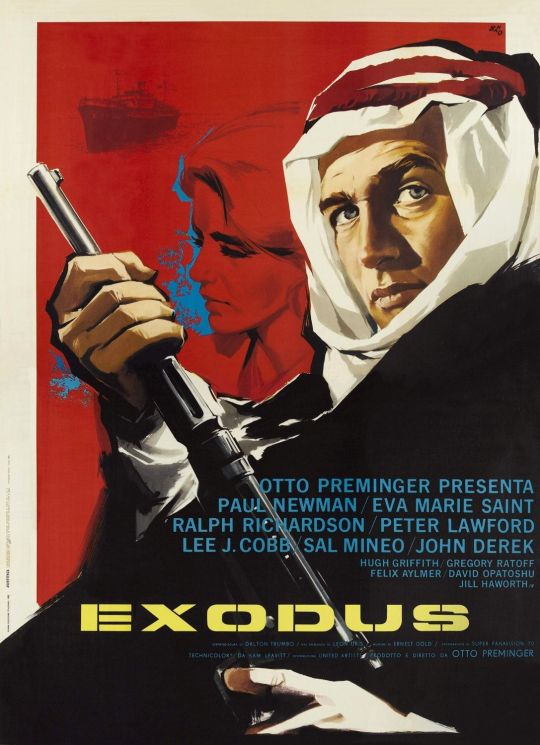
#exodus#paul newman#eva marie saint#ralph richardson#peter lawford#lee j. cobb#sal mineo#john derek#hugh griffith#gregory ratoff#felix aylmer#david opatoshu#jill haworth#otto preminger#1960
9 notes
·
View notes
Text
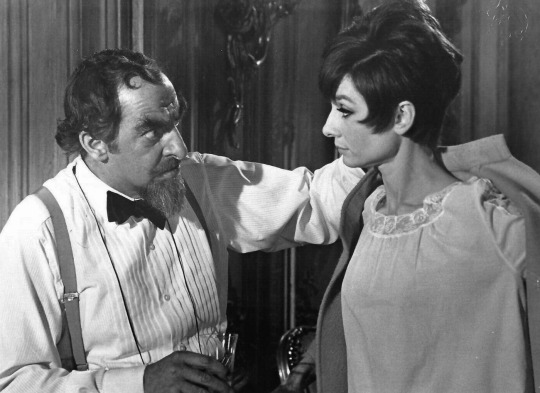





Audrey Hepburn and Hugh Griffith in How to Steal a Million (1966)
#audrey hepburn#hugh griffith#how to steal a million#1966#1960s#movies#old movies#vintage#classic#fashion#style#old hollywood glamour#old hollywood#photography
10 notes
·
View notes
Text

Legend of the Werewolf (1975) VHS Cover
#legend of the werewolf#peter cushing#ron moody#hugh griffith#david rintoul#1975#1970s movies#freddie francis#horror#vhs cover
74 notes
·
View notes
Photo
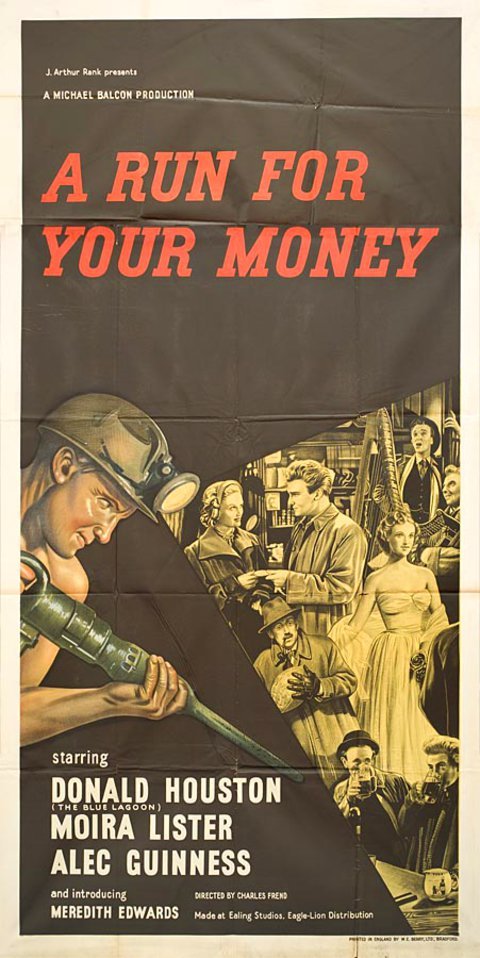

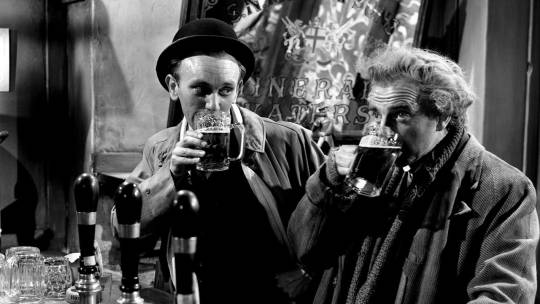


A Run for Your Money (1949) Charles Frend
February 6th 2023
#a run for your money#1949#charles frend#donald houston#meredith edwards#moira lister#alec guinness#hugh griffith#clive morton#leslie perrins#dorothy bramhall#julie milton#joyce grenfell#peter edwards#andrew lee#patric doonan#ealing
2 notes
·
View notes
Photo
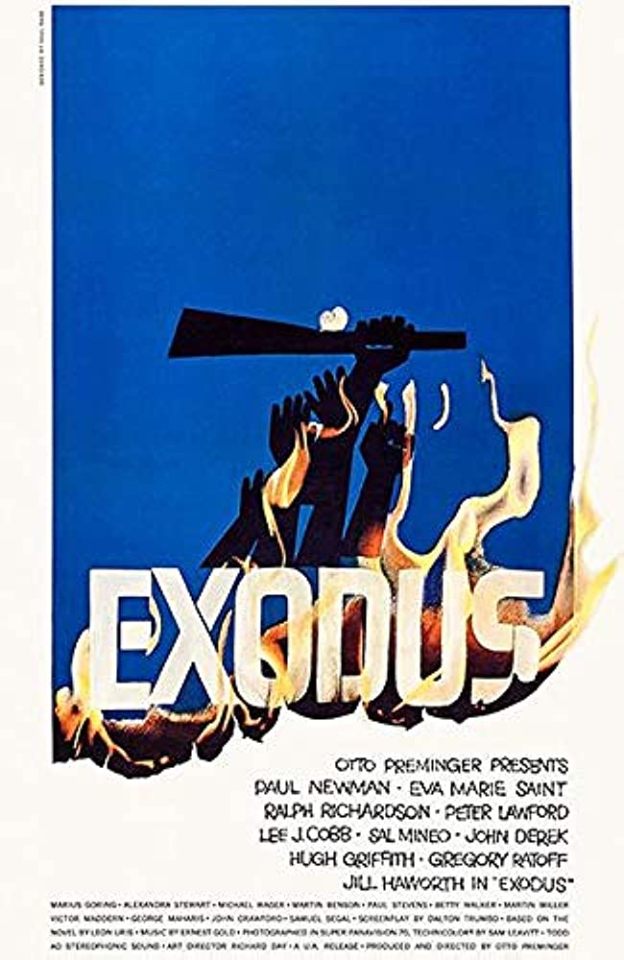
#exodus#leon uris#otto preminger#paul newman#eva marie saint#peter lawford#ralph richardson#john derek#jill hawthorn#hugh griffith#lee j cobb#sal mineo#movie poster#movies#film#films#movie posters#poster#israel#my mom loves leon uris#but ive only read a few of his books#movies and posters
7 notes
·
View notes
Text
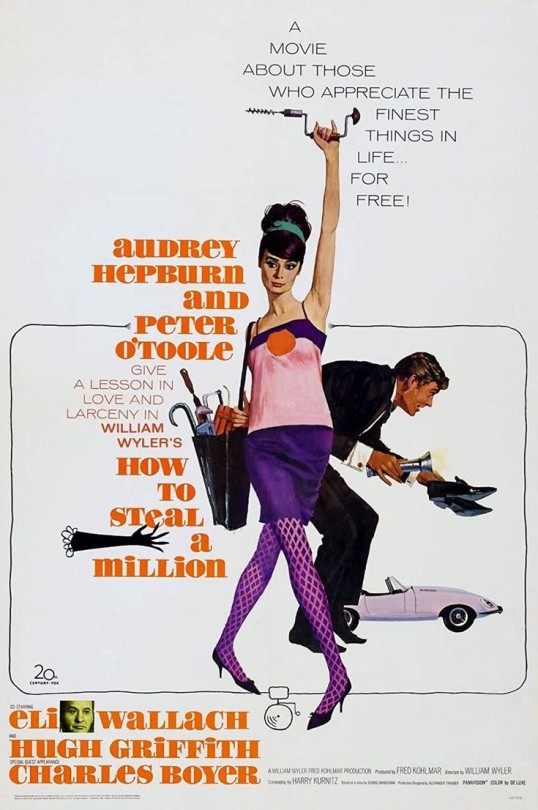
#how to steal a million#audrey hepburn#peter o'toole#hugh griffith#charles boyer#eli wallach#william wyler
7 notes
·
View notes
Text

Rebelión a bordo (1962)
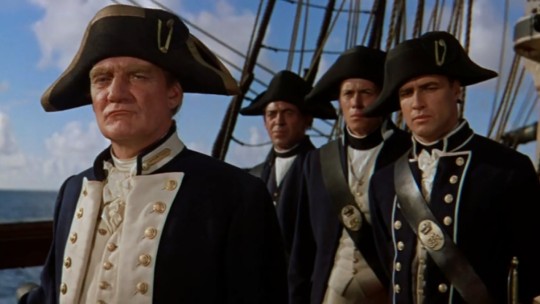
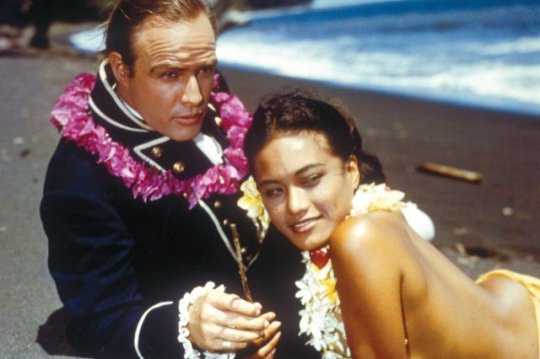

0 notes
Text
So Evil My Love

There are times watching Ray Milland’s attempts at more serious roles I wish they had been played by Cary Grant, though in the case of Lewis Allen’s SO EVIL MY LOVE (1948, Criterion Channel, TCM, archive.org), it would have required Grant to go against the types to which he increasingly confined himself. When Milland’s con artist dabbles in villainy, he’s quite good, though Grant would have been more charming. When he has to play scenes with an ulterior motive, however, he mugs outrageously (I shudder to think of the effect on Western civilization had he ever co-starred with Joan Crawford). I don’t think Grant would have been that obvious. At least he couldn’t have fallen into that singsong line delivery Milland keeps using to indicate deep emotion. But even he couldn’t have pulled off the sudden character change required in the film’s last act, when things seem to be going dreadfully soft for a moment. Milland is a turn-of-the-century artist and art thief who spots an opportunity when missionary’s widow Ann Todd nurses him through a bout with malaria during an ocean voyage from Jamaica to London. He puts the moves on her to win free lodging, but when he discovers she has a rich, unhappily married childhood friend (Geraldine Fitzgerald), he sees a lucrative opportunity for blackmail. Since this is “gaslight noir” (film noir set in the Victorian era), you know things aren’t going to go well. It’s going to be all shadows and duplicity. The surprise is that the seemingly noble Todd takes to chicanery like a natural. The script plants the seeds of that in the first shot, when she stands on the ship in the middle of a storm because she finds it exhilarating. This is one glacial blonde with a hot, seething inner life. She’s basically a combination of the two female archetypes in film noir, the Madonna and the whore. Todd is quite wonderful, pulling on her deeper, husky tones to create a woman whose life is a series of regrets. And her innate intelligence plays up the film’s interrogation of female roles in a stifling patriarchal society. There’s also strong work from Fitzgerald as a woman driven to alcoholism by her husband’s coldness, Martita Hunt as his steely mother, Leo G. Carroll as a philosophical private detective and Hugh Griffith as the coroner leading an inquest into matters you’ll have to discover for yourself.
#film noir#gaslight noir#ann todd#ray milland#martita hunt#hugh griffith#leo g. carroll#Geraldine fitzgerald#lewis allen
1 note
·
View note